Art thou pale for weariness
Of climbing heaven and gazing on the earth,
Wandering companionless
Among the stars that have a different birth,
And ever changing, like a joyless eye
That finds no object worth its constancy?
Percy Bysshe Shelley ~ ‘To the Moon’
Since the dawn of time mankind has observed the cosmos in awe, and it continues to engender curiosity and fascination. The sparkling firmament that illuminated the night sky demonstrated to early Homo sapiens that there were forces around us beyond our comprehension. So far away, yet irresistible to the naked eye, beckoning for us to reach up and touch them. The sun, moon, planets and trillions of stars seem to feed our need for oneness, unity and connection to a greater power.
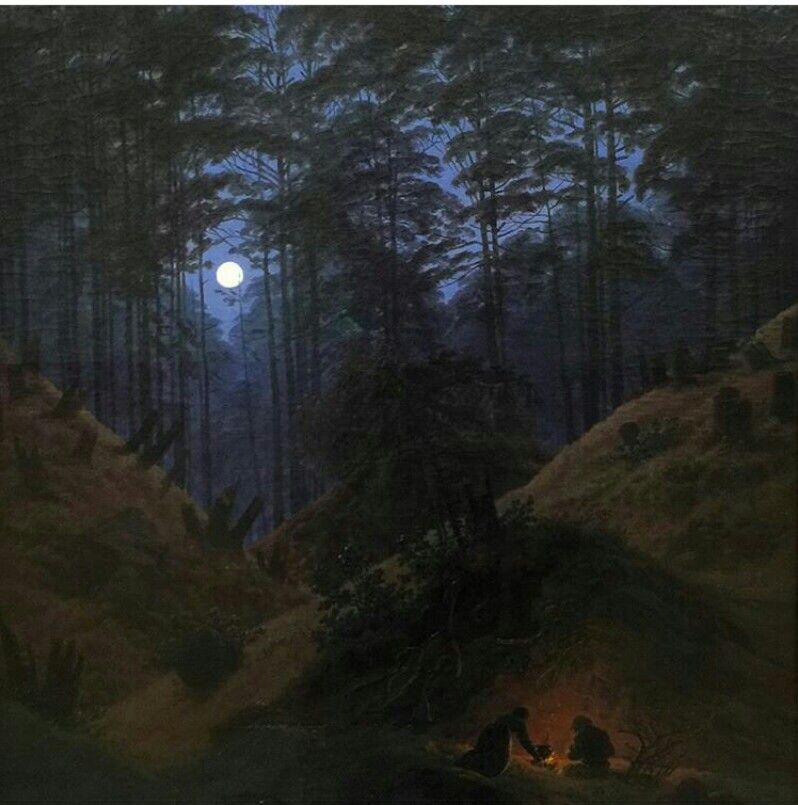
The stars invoke the heavens; some dazzling far-off realm that is simultaneously part of us, (our physical form is made of stardust: elements that were created from supernova stars), and yet unfathomably vast, distant and eternal.
Tweet
Christopher Columbus and many early explorers used the sun, moon and stars to navigate across oceans and deserts alike, while the moon has bathed earth and all who walk upon her in an ethereal, mystical glow through eons of nights of all our ancestors. Back then it must have been even more impressive, with little to no light pollution.
The eyes of our past were transfixed on the moon’s phases; was she waxing or waning, full or new?

Astronomers measured her movements and positions, alongside the other celestial bodies in our solar system. We are, if not entirely at their mercy, influenced greatly by these cosmic spheres; perhaps on occasion becoming a little too obsessed with our ‘birth sign’ traits…
The ancient seers and rishis of India developed Vedic astrology (a moon based system) from the time of the Vedas, the oldest and foremost scriptures of Hinduism. In western astrology my sun sign is Aries, but in Vedic astrology (which differs from western astrology by a whole month), I am a Pisces, and my moon is in Taurus.
The practice of arranged marriages, which were and still are common in India, used this system to accurately gauge affinity and compatibility between couples.
Thanks to Claudius Ptolemy, Nicolaus Copernicus, Galileo Galilei, Johannes Kepler, Isaac Newton, Edmond Halley, Christiaan Huygens, Giovanni Cassini, Charles Messier, Edwin Hubble, Albert Einstein, Carl Sagan and many others who were curious about the universe, over the centuries we mapped our cosmos and grew universal science as far as technology and knowledge would allow.
But even our closest celestial neighbour, the moon, remained elusive until Neil Armstrong’s vicarious ‘giant leap for mankind’ on the lunar surface in July 1969.
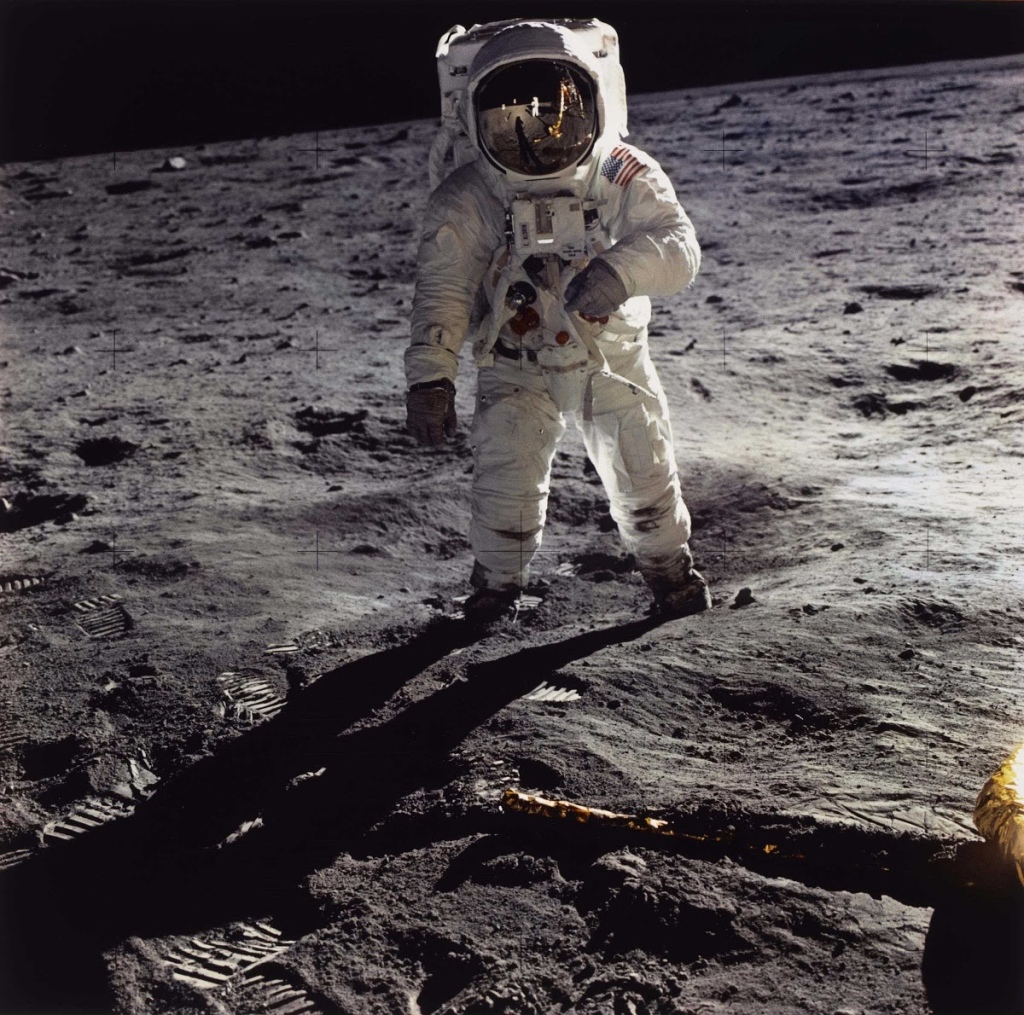
If the sun is the masculine ‘yang’, the moon is the feminine ‘yin’. Gentle and beguiling, and considered by some to be an emotional barometer.
She has always been our night time beacon and companion. Instead of scorching heat she casts soft hues and her powerful gravitational pull is responsible for the tides.
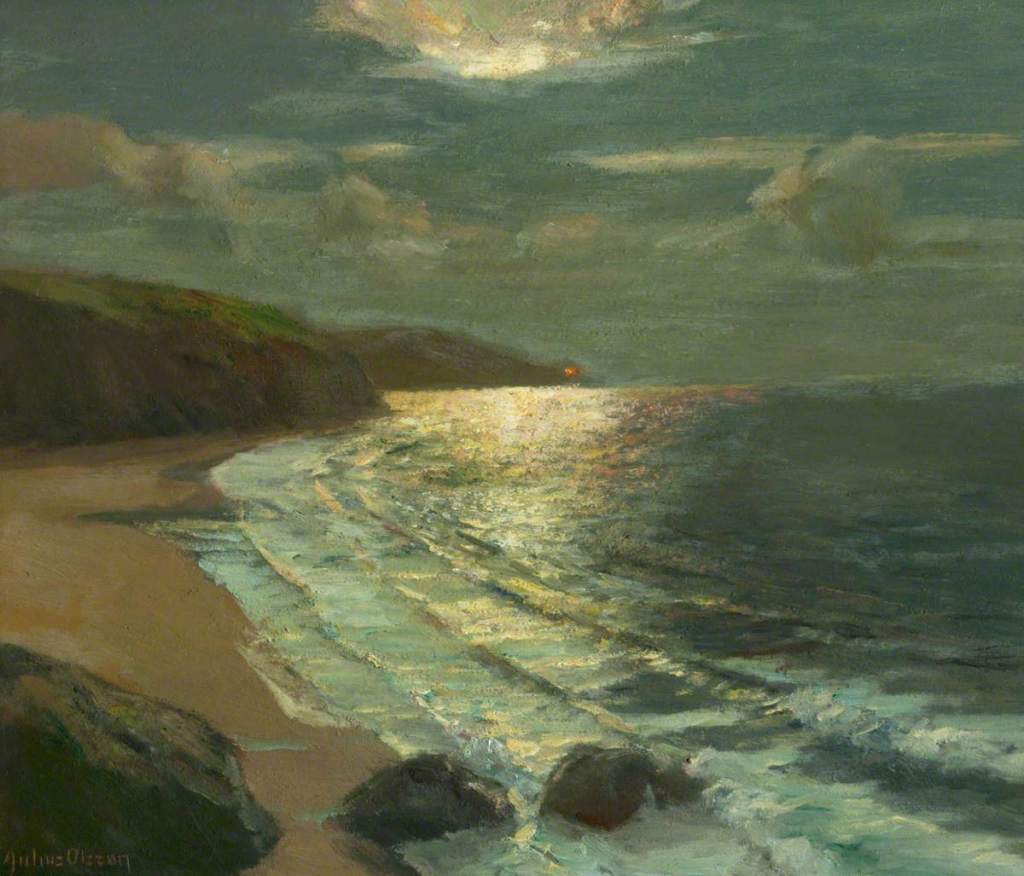
The forces the moon exerts on Earth and its inhabitants are experienced through physical sensations, mostly things that are enticing to humans; such as frolicking in the surf, or having a romantic meal or stroll under her otherworldly light. Moonlight on water is the most transfixing and mesmerising sight to behold.
Women tend to find that their menstrual cycles are synced with the lunar cycles, and the moon has been linked to fertility. In Greek mythology the goddess Artemis is associated with the hunt and the moon.
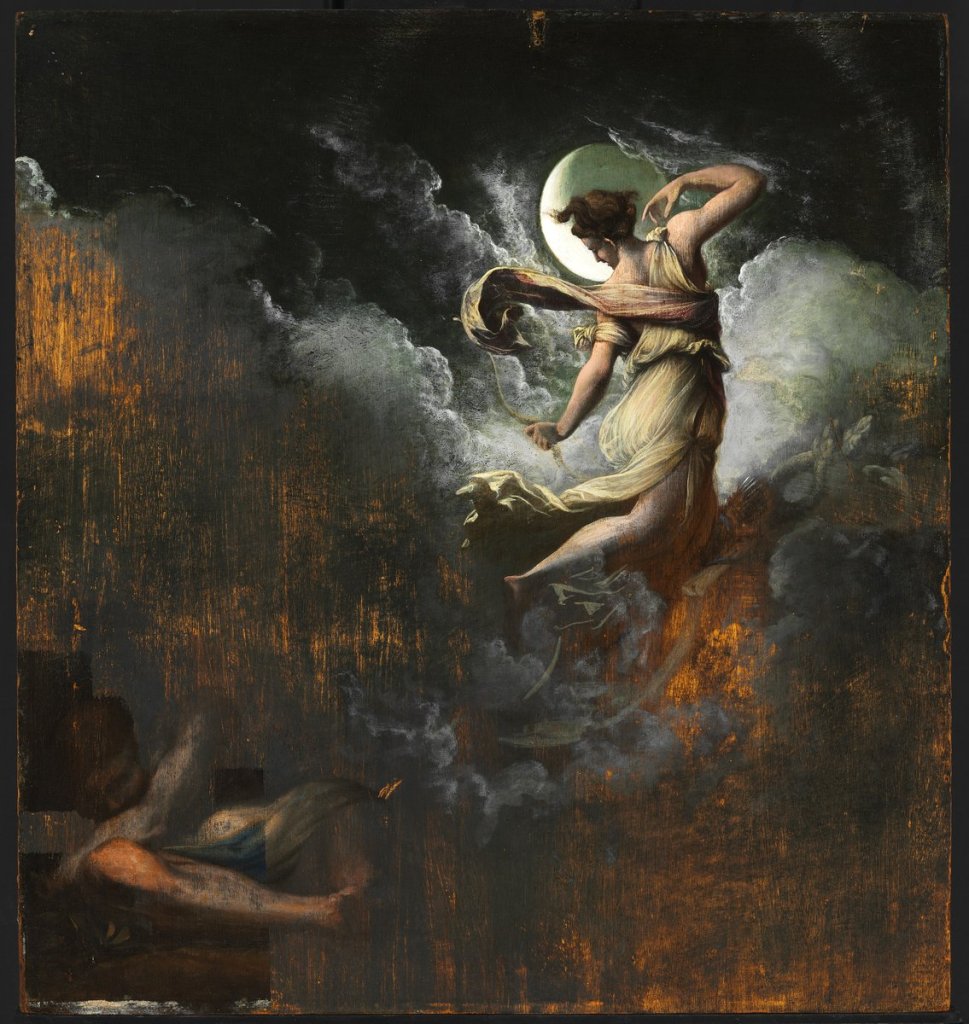
We assign meanings to the moon within our culture, with many references in literature, art and music.
I remember a cow jumping over the moon in a certain nursery rhyme!
With how sad steps, O moon, thou climb’st the skies;
How silently, and with how wan a face.
What, may it be that even in heavenly place
That busy archer his sharp arrows tries?
Sure, if that long-with-love-acquainted eyes
Can judge of love, thou feel’st a lover’s case;
I read it in thy looks; thy languished grace
To me, that feel the like, thy state descries.
Then, even of fellowship, O moon, tell me,
Is constant love deemed there but want of wit?
Are beauties there as proud as here they be?
Do they above love to be loved, and yet
Those lovers scorn whom that love doth possess?
Do they call virtue there ungratefulness?
Sir Philip Sidney ~ Sonnet 31
Artists like Turner, Friedrich, Aivazovsky, Pether, Olsson, Grimshaw and van Gogh immortalised their evening views.
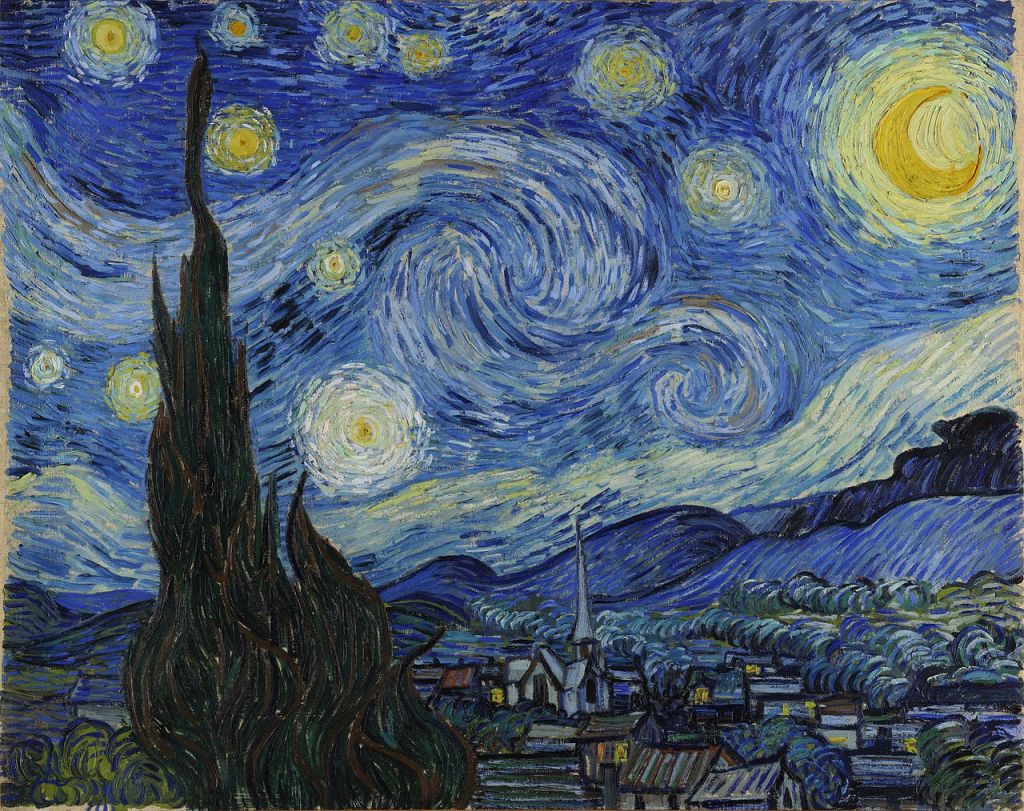
Beethoven and Debussy wrote evocative music, (although it was Beethoven’s publisher that assigned the sobriquet ‘Moonlight’ Sonata).
7 pieces of classical music inspired by the moon.
Perhaps the cosmos inspires us to act from the higher part of ourselves more than we give it credit for.
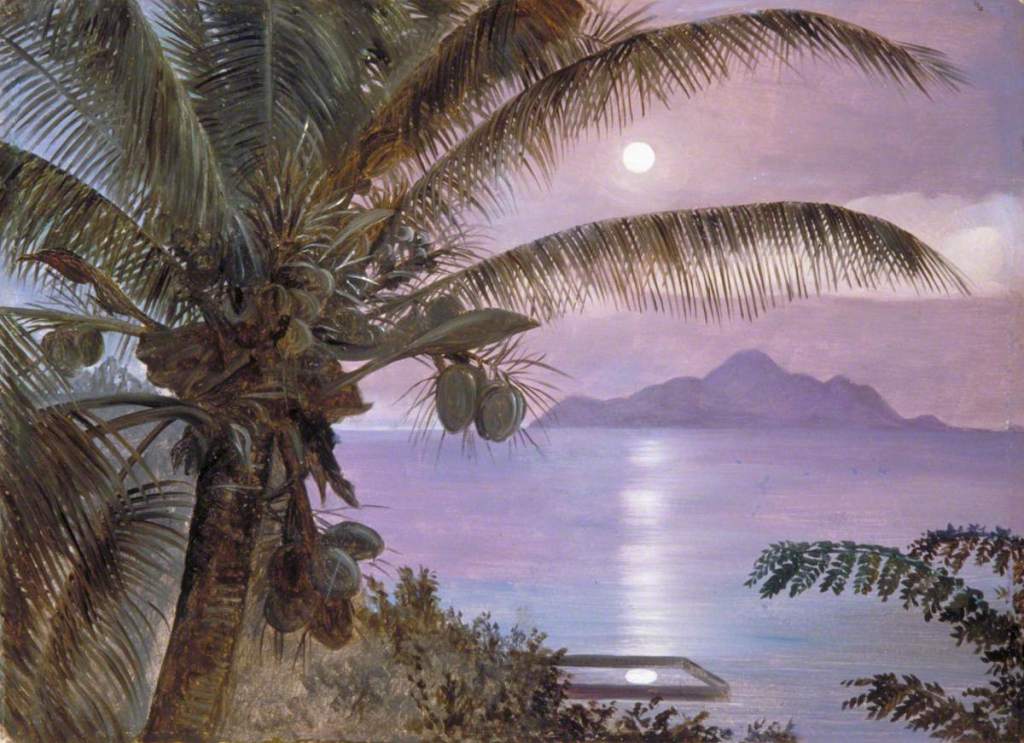
Today, May 26th is a total lunar eclipse. It was around lunchtime here in the UK, (sadly facing away from the moon) as the moon, earth and sun all align to create the phenomena. The shadow cast from the earth hides the light of the moon and has been likened to looking at the shadow part of ourselves.
To ancient peoples eclipses often signified a terrifying event – omens of bad luck as the ‘lights’ in the sky were thought to be Gods, and it was scary when the Gods went ‘dark’! In ancient India they recommended submerging oneself in a river and chanting during an eclipse.
Eclipses are considered a good time for looking inwards and spiritual growth, but not for starting new projects in the material realm. Pay attention to your feelings, intuition and dreams. Now is a good time to declutter, revisit old, unfinished projects and pay attention to relationships and the people you love. We’re probably all feeling extra sensitive at the moment.
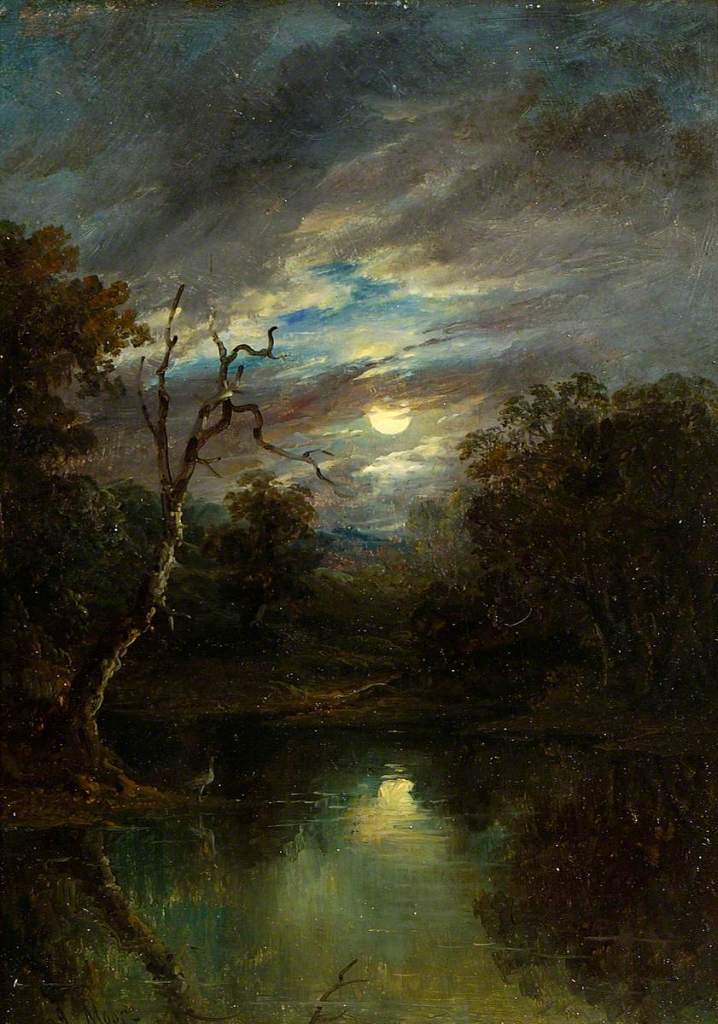
Eclipses can be powerful times for growth and clarity, but in any healing a crisis point occurs that is the ‘darkness before the dawn’, encouraging us to see what we need to fix, change or heal in order to have the life we want.
It is the very error of the moon; She comes more nearer earth than she was won’t, And makes men mad.
William Shakespeare ~ Othello
This lunar eclipse is also being referred to as the Super Flower Blood Moon; the red is perceived as the moon passes through Earth’s umbral shadow. I’m hoping for clear skies tonight so I can glimpse this stunning spectre.
The Super Flower Blood Moon over New York:
I had my second Astra Zeneca vaccine today, I’m not sure if that’s auspicious or not!
Wherever you are, happy moon gazing if that’s your thing!
Thou silver deity of secret night,
Direct my footsteps through the woodland shade;
Thou conscious witness of unknown delight,
The Lover’s guardian, and the Muse’s aid!
By thy pale beams I solitary rove,
To thee my tender grief confide;
Serenely sweet you gild the silent grove,
My friend, my goddess, and my guide …
Lady Mary Montague (1689 – 1762) ~ ‘Hymn to the Moon’
